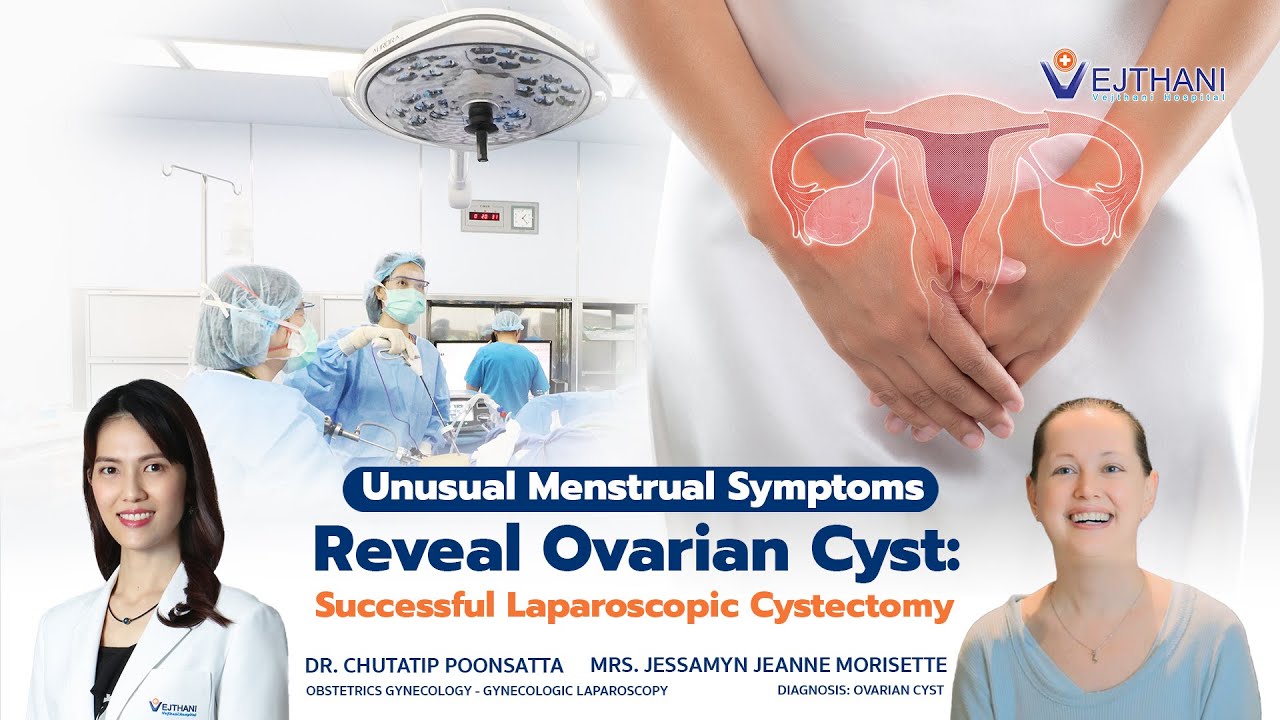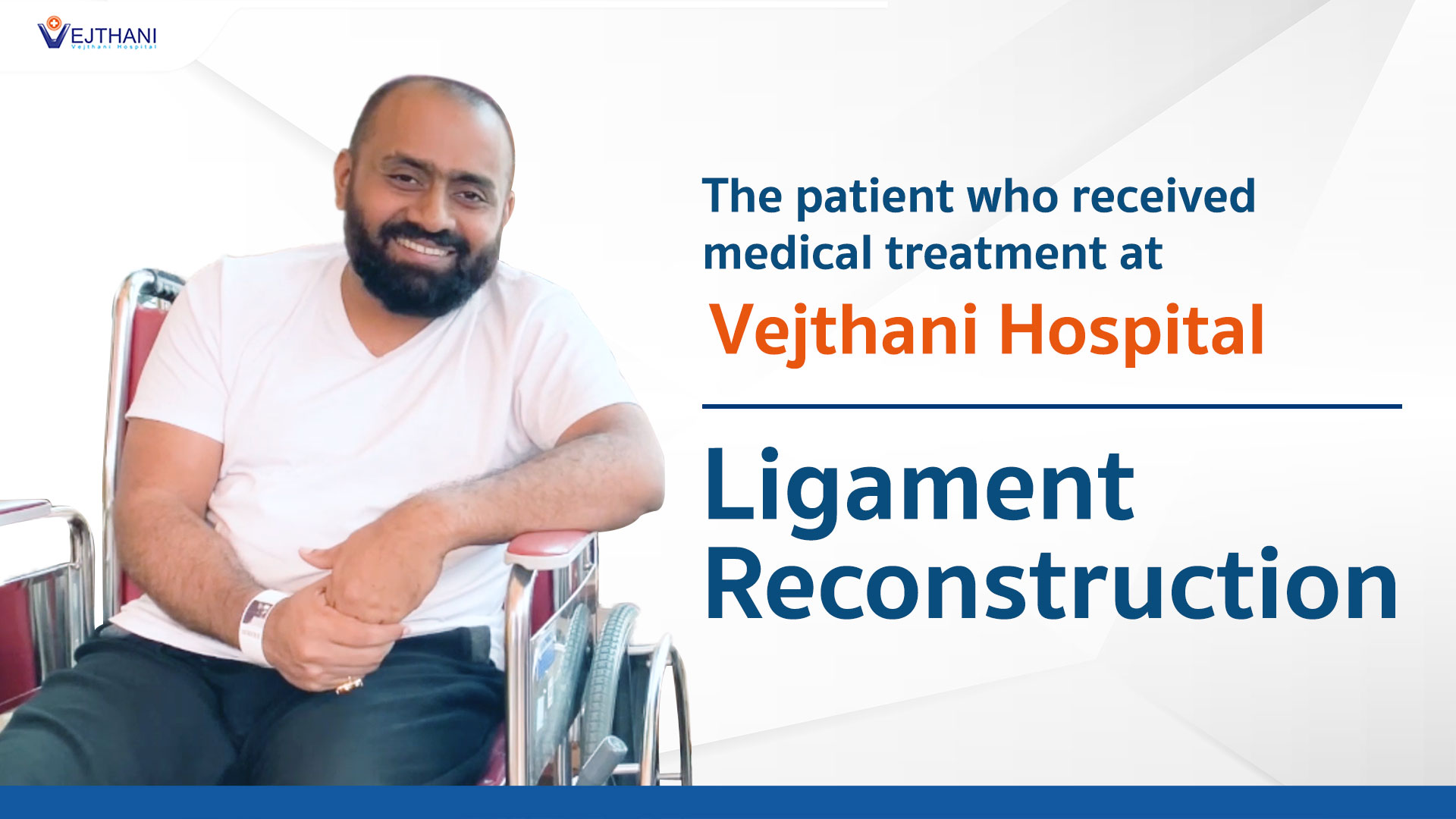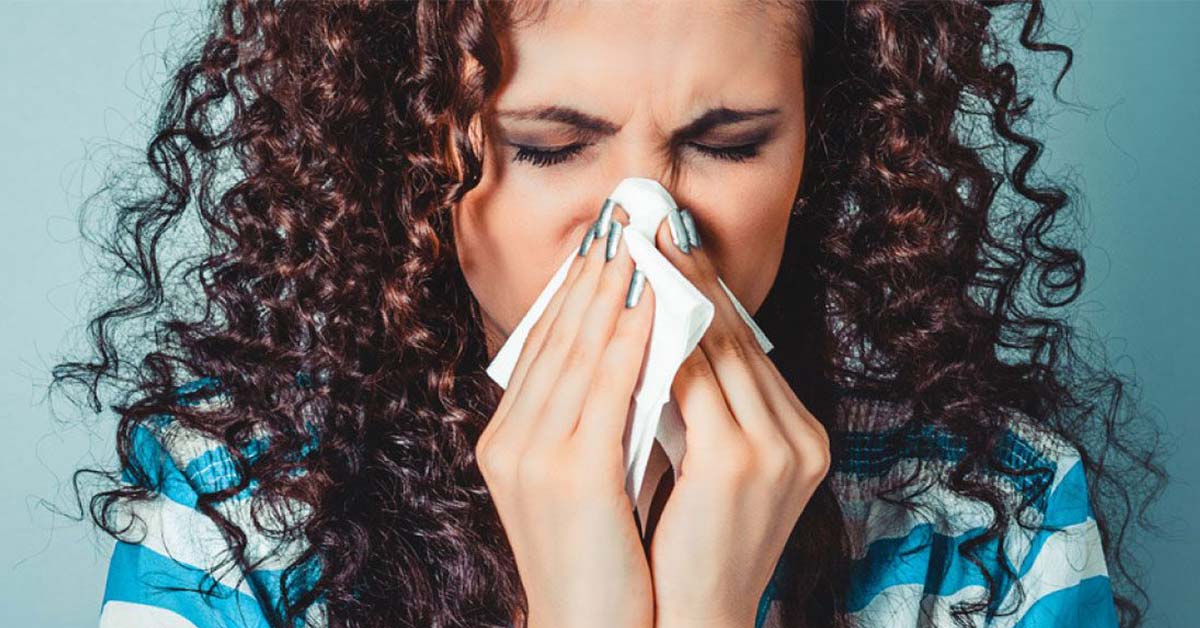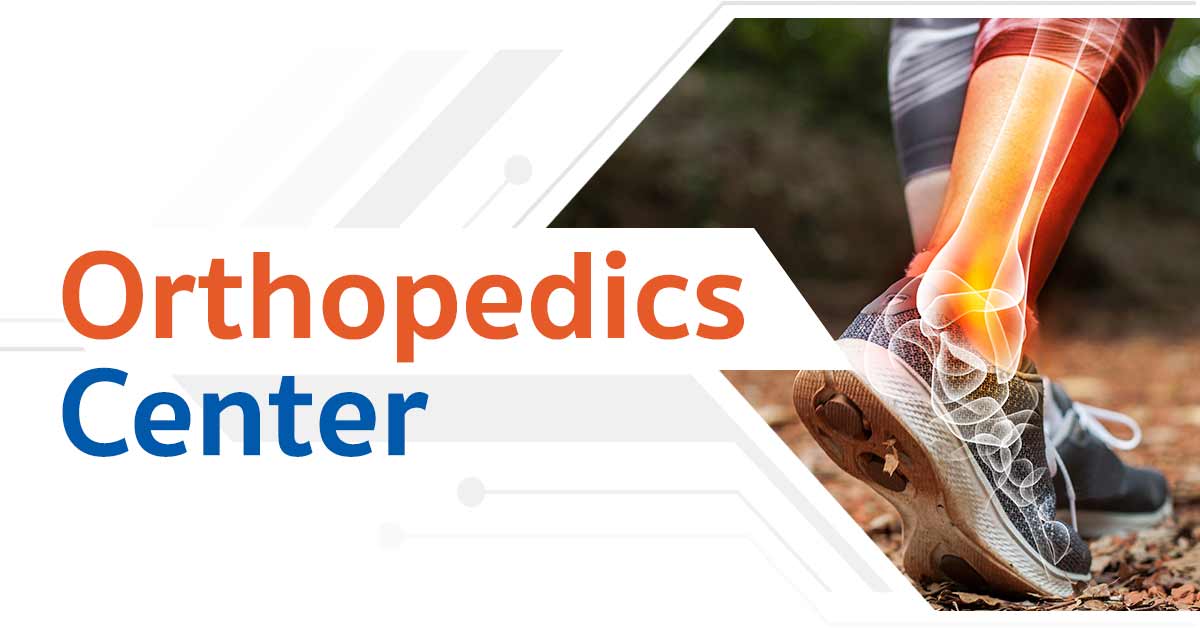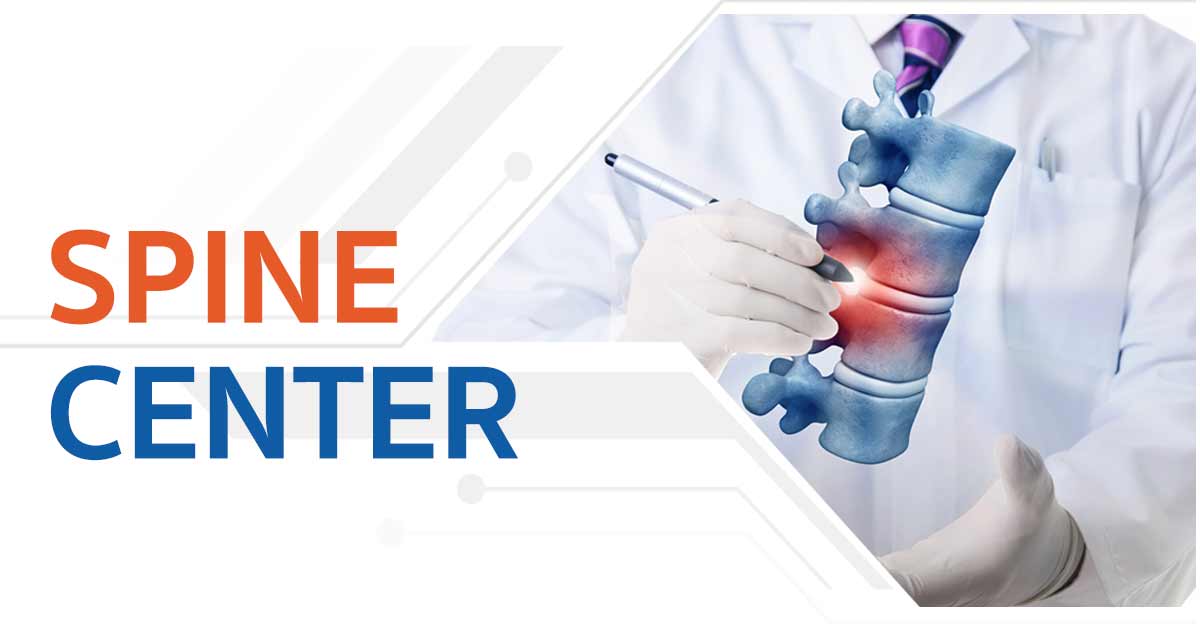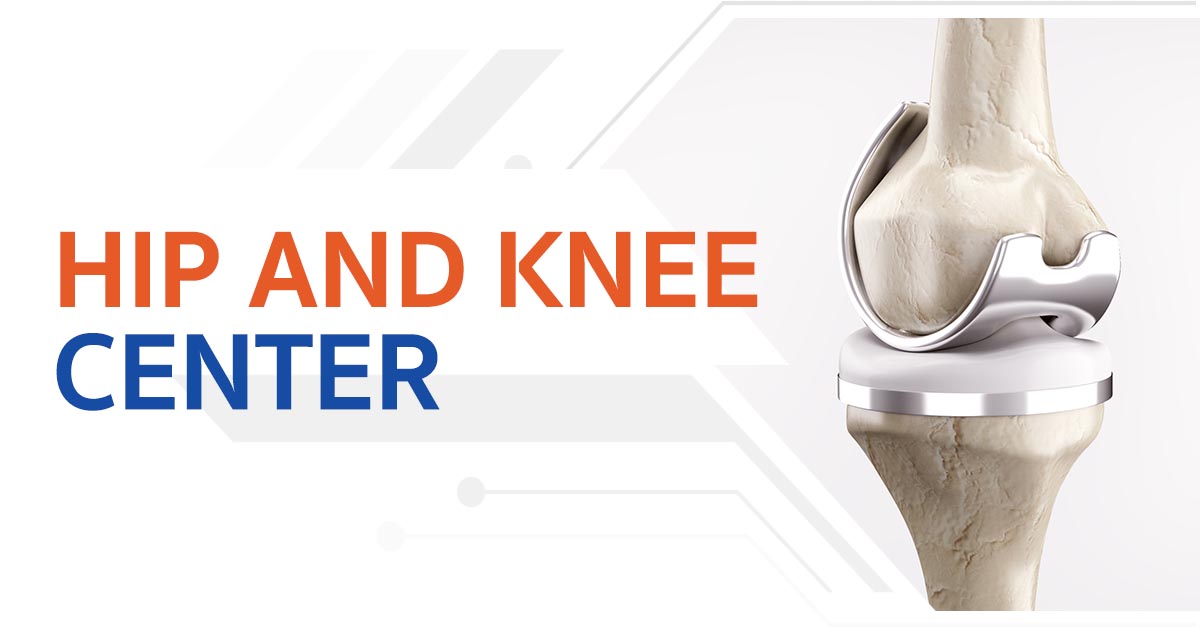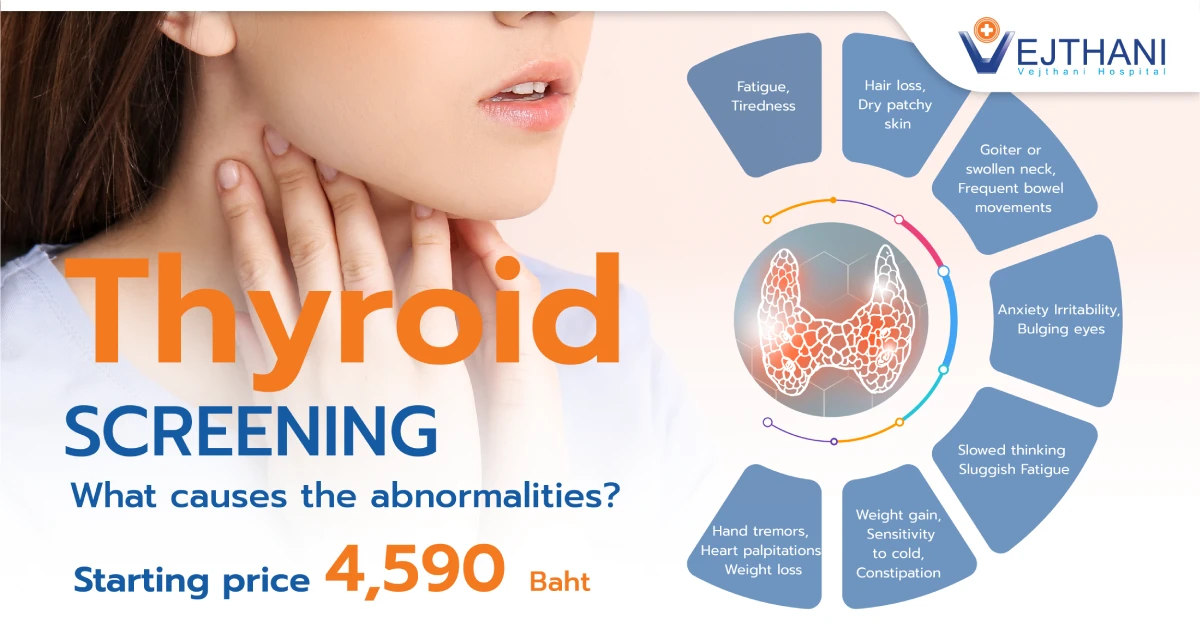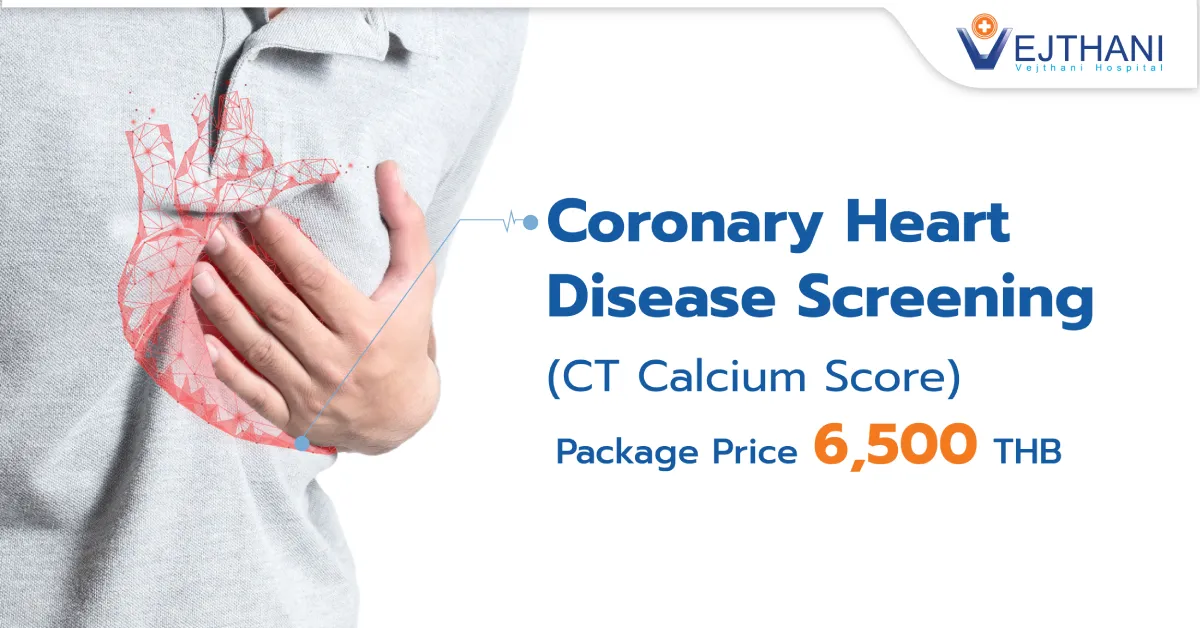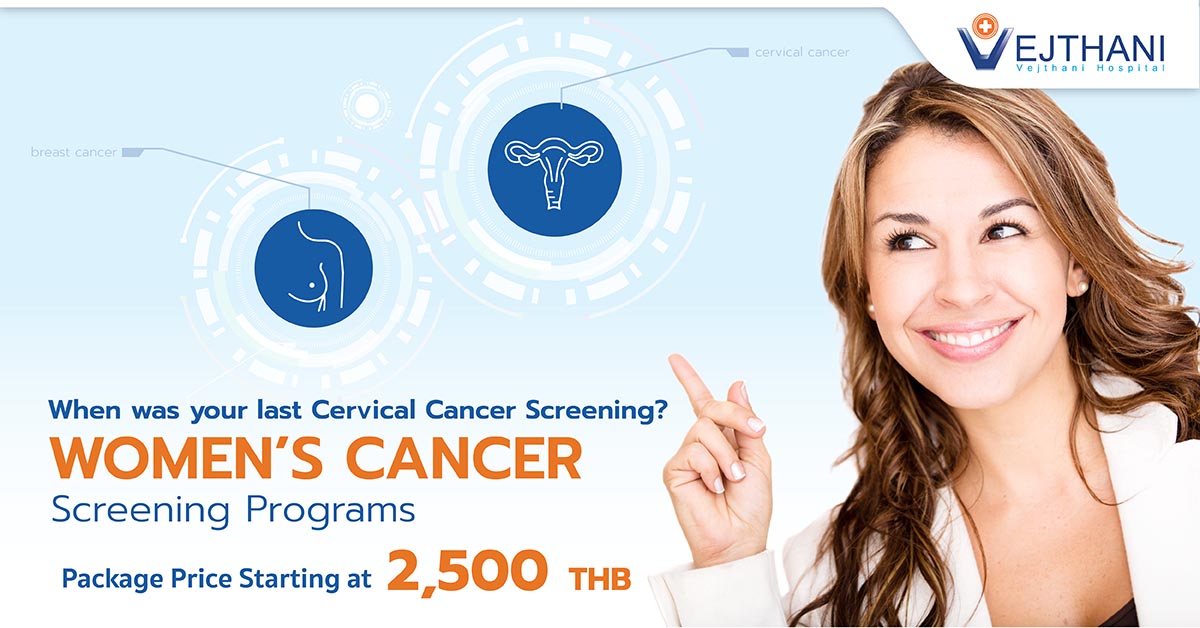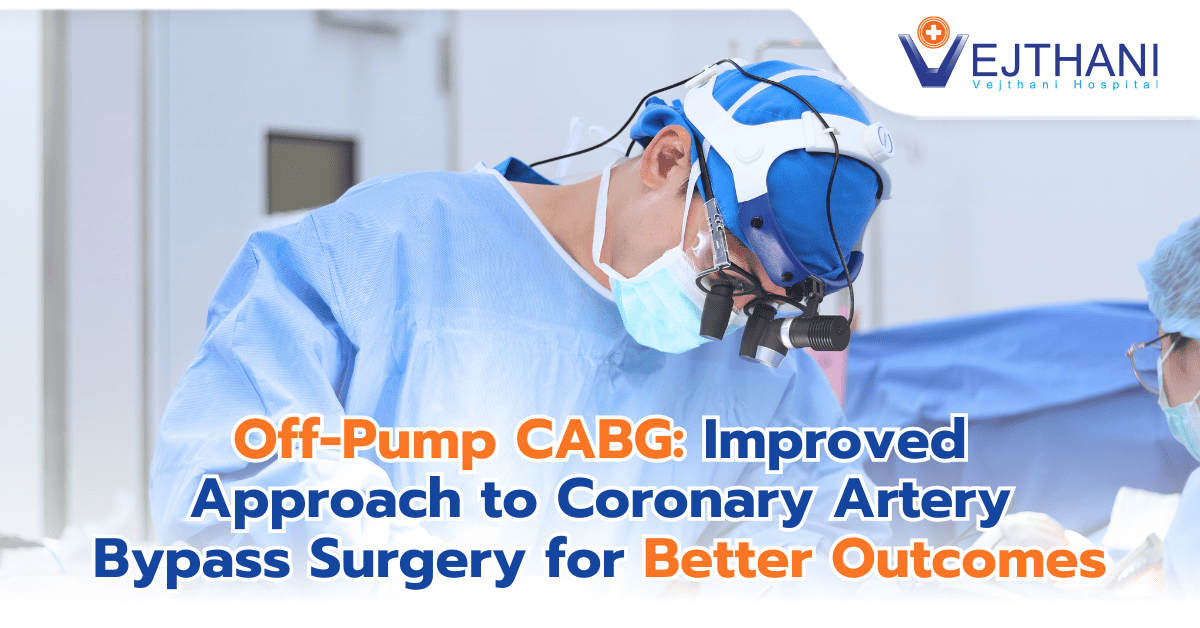
Golfer’s elbow
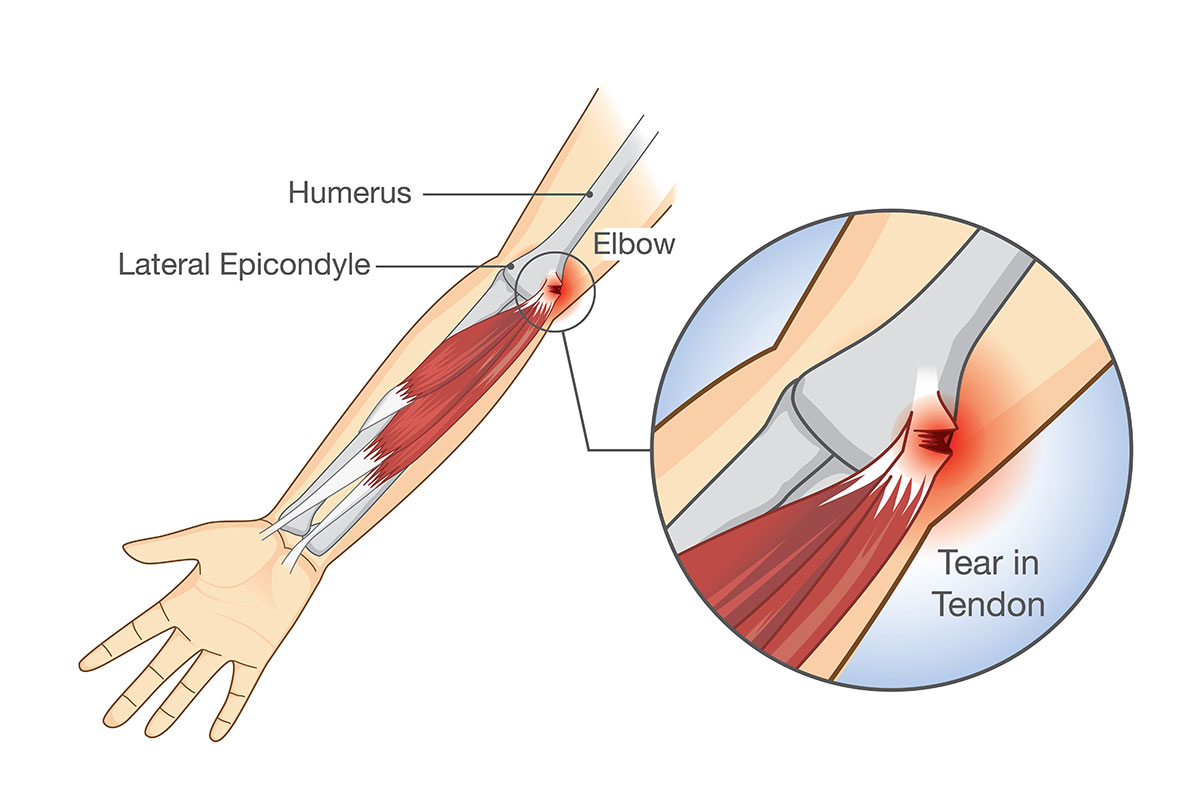
Overview
Golfer’s elbow, also known as Medial epicondylitis or Medial elbow tendinopathy, is a condition caused by a tear of the tendon that connects your forearm muscle to the bone at the inner elbow. Usually, this tendon controls the movement of the wrist and fingers.
Athletes such as golfers or tennis players who often utilize their wrist to grasp their gears tightly are also prone to golfer’s elbow. This is the reason why it is almost comparable to tennis elbow. The only difference is that, tennis elbow occurs on the outer side of the elbow. Moreover, the pain can sometimes extend to the forearm and wrist.
Symptoms
The following are symptoms of golfer’s elbow:
- Tenderness and pain on the inner area of the elbow, and may extend to the inner forearm. Certain motions such as swinging a golf club may worsen the pain.
- Stiffness on the elbow may be felt when you make a fist.
- Weakness of the hand and wrist.
- Numbness or tingling sensation on either the ring or little finger, or both.
When to see a doctor:
- Fever
- Persistent elbow pain
- Inflammation of the elbow
- Elbow deformity
- If fractured elbow is suspected
Causes:
Repetitive or overuse of the wrist and fingers by faulty movements may lead to a small injury to the tendon which causes golfer’s elbow.
Other activities or job that may cause golfer’s elbow are:
- Throwing sports: Faulty technique or movement during sports which involves throwing (e.g. archery, football or javelin) or pitching (e.g. baseball or softball).
- Weight training: Faulty techniques when carrying heavy weights.
- Jobs that require repetitive heavy force on the elbow, forearm and wrist area: For example office workers who are pounding on keyboards when typing, waiters lifting heavy food trays, carpenters, plumbers or construction workers.
People aged 40 and above, obese, smoker and performs repetitive tasks using their arms are at risk of developing golfer’s elbow.
